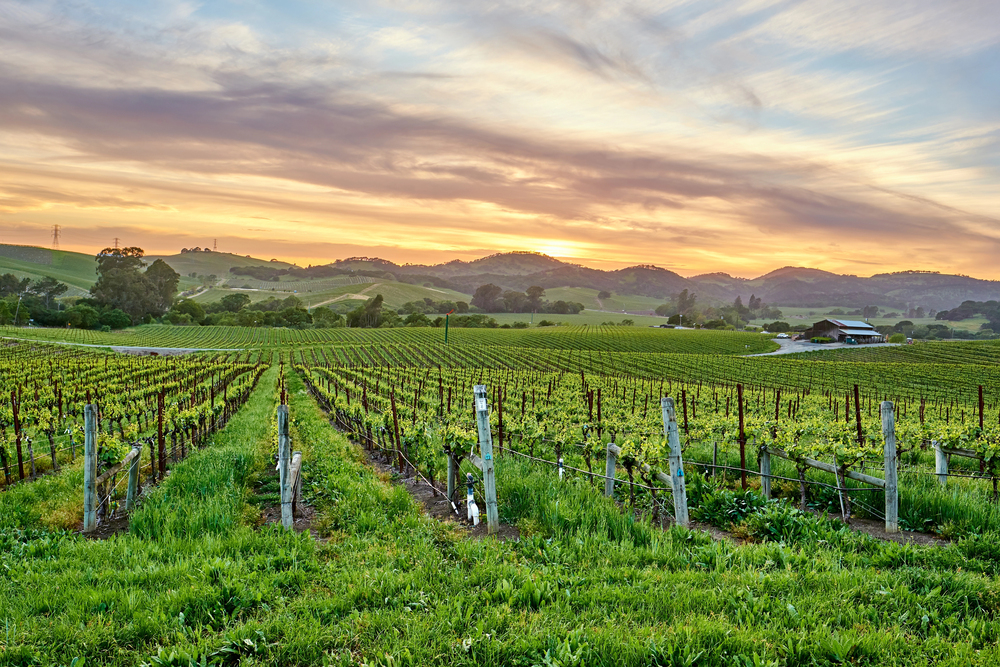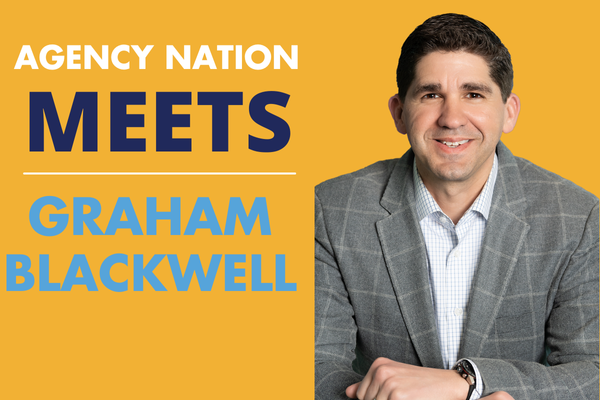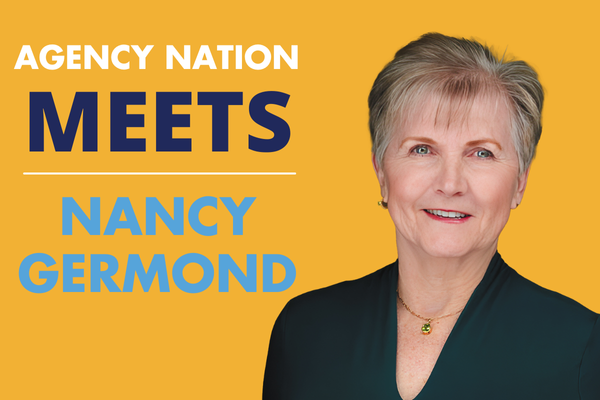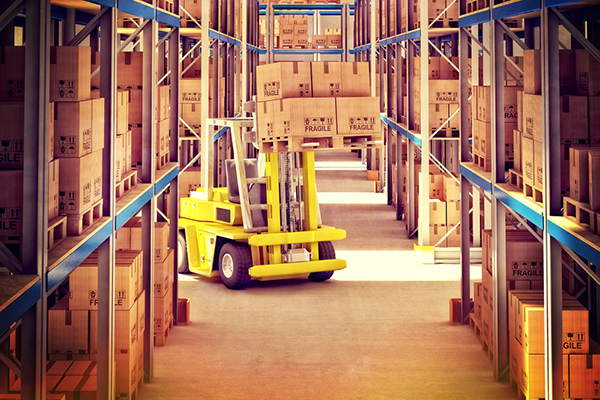Sobering Up: 3 Risk Management Techniques for Winery Clients
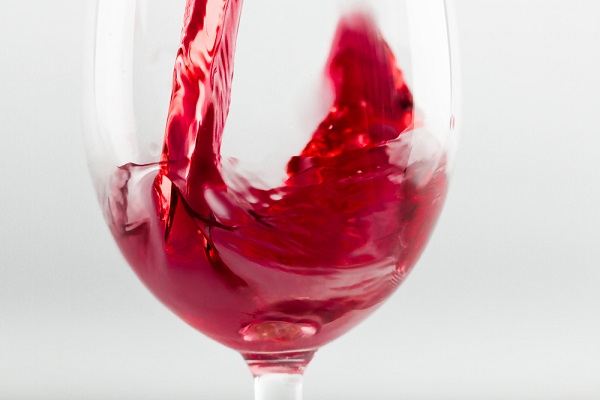
By: Jacquelyn Connelly
As wildfires continue to ravage many areas of the U.S., the winery insurance market is feeling the pressure.
The years ahead will present a capacity challenge for this segment of property insurance as insurers struggle to figure out a way forward. In the meantime, what can winery insureds do to make sure they’re as attractive a risk as possible?
Here are three risk management techniques to discuss with your winery clients this year:
1) Document the exposure. Larry Chasin, president of PAK Programs, says “the best thing an insured can do” is to document both the values of the product and where it is located, “on an average monthly basis and a maximum basis for both cased goods and bulk wine.”
“Wine typically moves around—it doesn’t stay at the winery once it’s bottled, so you have multiple locations and moving stock,” Chasin explains. “Being able to very clearly illustrate what the exposures are is the first step, so that your markets understand what the potential exposures might be. It sounds simple and basic, but it’s very important.”
Your insureds probably assume everything is covered, “but insurers know otherwise,” Chasin points out. “The exposure has to be accurately described. You’re talking about a large property, lots of infrastructure, water tanks, water treatment facilities, electrical pulls—you need to spend time with the insured so you can give the insurer a clear understanding of all the exposures, where they are located and what the estimated replacement cost will be.”
The cost to rebuild, especially, tends to be “nowhere near what people thought it would be,” Chasin cautions. “It’s an enormous jump, and it has to do with permitting and coding issues, access to property and the ever-fluctuating cost of materials and labor. Your underwriters want to really document what’s on these properties as accurately as possible. They put their heads together offsite with teams of professional building consultants to make sure limits are accurate.”
2) Clear the brush. The next step is “being proactive about defensible space,” Chasin says. “The idea behind defensible space is to reduce a fire’s intensity and speed as it approaches a building or structure. That’s very important.”
For insureds, that means breaking up continuous vegetation: clearing brush, removing deadfall like needles and pinecones, limiting trees and overhanging branches that are close to structures, and intentionally clearing a zone between the tree line and where the structure begins, says Justin Guerra, geospatial analyst for Winery PAK Insurance Programs.
“You don’t want to have continuous amounts of treetops where fires can jump from one to the next, because that’s basically a fuse leading to the building,” Guerra explains. “And then it’s clearing the property of combustible materials—palettes and collection bins, getting those away from the side of buildings. Sometimes it’s all maintenance- or ag-oriented, and there are materials that can burn lying all over the place.”
Ed Kempkey, director of property and casualty at NFP, who specializes in the wine and hospitality industries, has encountered wineries up in the hills of California that refuse to do away with brush because they believe it adds a “unique flavor” to the visiting experience.
“They might have been able to get away with that two years ago, but those days are gone,” Kempkey warns. “They’re going to be told they have to clear the brush and take different measures, and if they don’t, they’re not going to get insurance.”
3) Ask the right questions. There’s a lot more to risk management than an insurance policy, Kempkey says: “What opportunities does the winery see? What are the threats they’ve anticipated, and what are they doing about it? You have to get them to think beyond just buying insurance, what can happen here, and what are we doing to make sure that it either does or does not happen?”
“We have an opportunity as an insurance community to do a better job at our jobs,” Chasin agrees. “We have everybody’s attention. We all need to work together to more accurately describe exposures, and to be more aggressive on the preventive end of things.”
Jacquelyn Connelly is IA senior editor.


